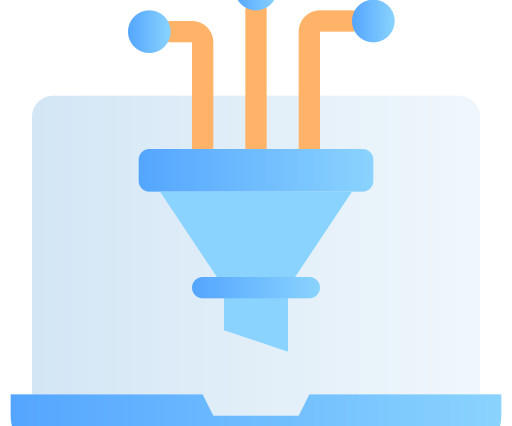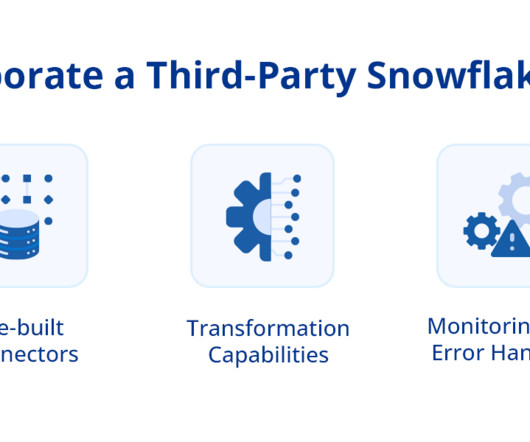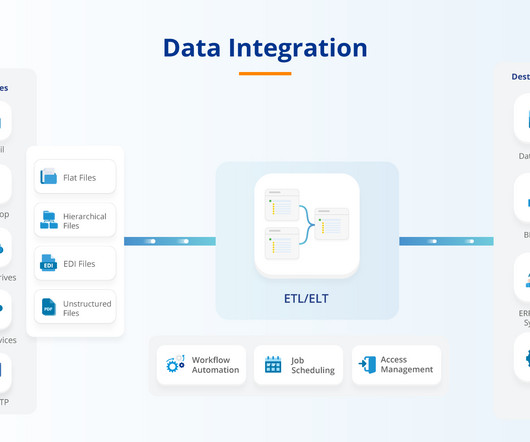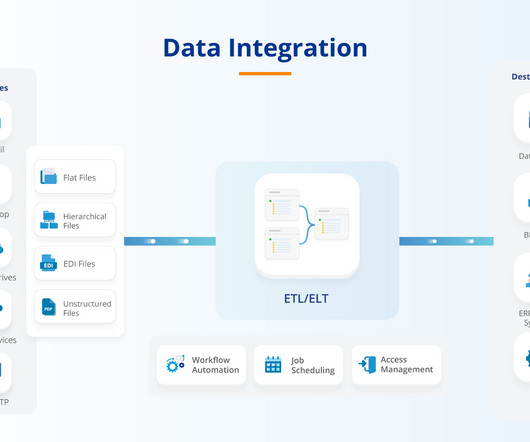What is big data and why is it important to Business ?
Analysts Corner
APRIL 25, 2023
Velocity refers to the speed at which data is generated, analyzed, and processed. Variety refers to the different types of data generated, such as text, images, and video. Why is big data important to business? Healthcare providers can use big data to analyse patient data to improve treatment outcomes and reduce costs.



















Let's personalize your content